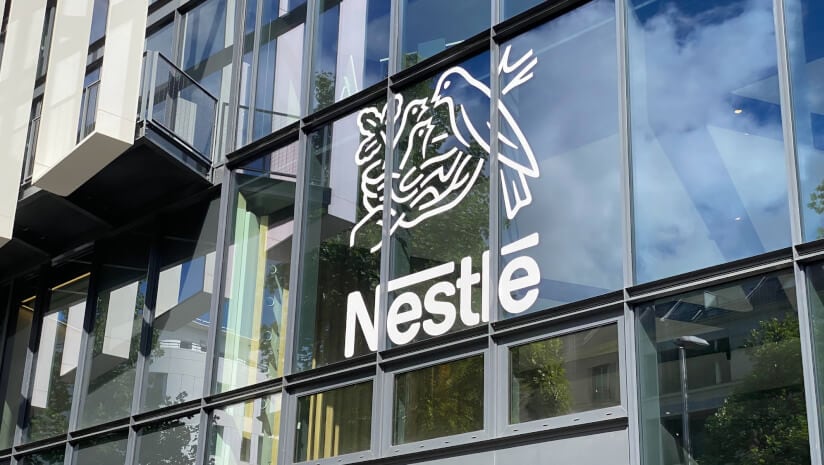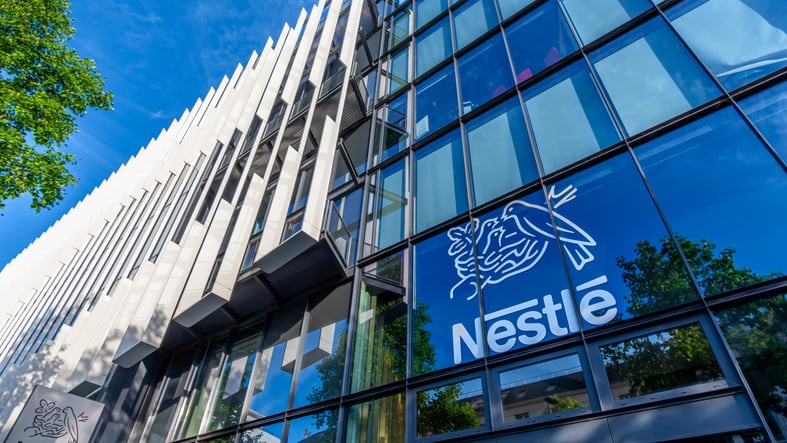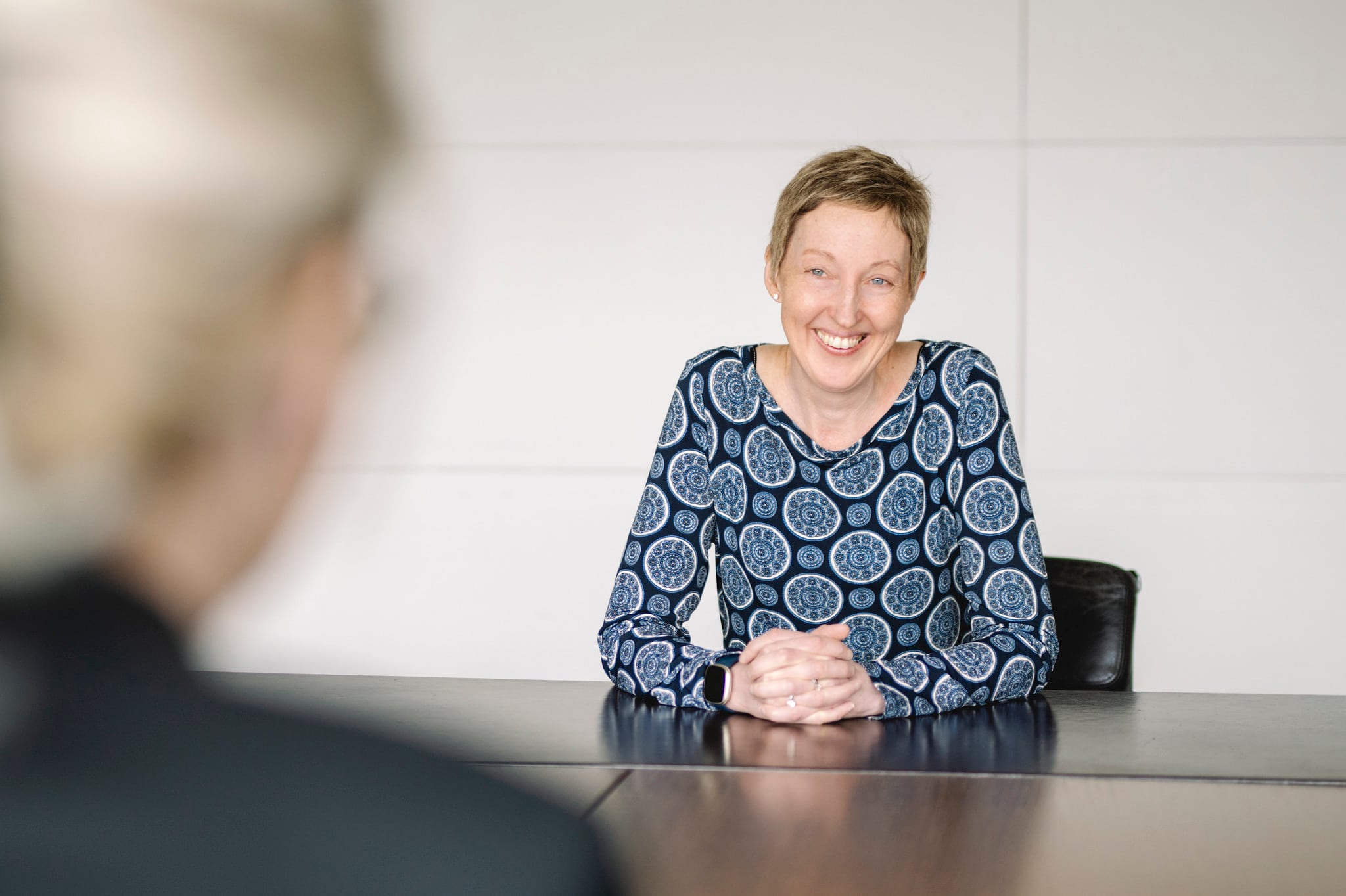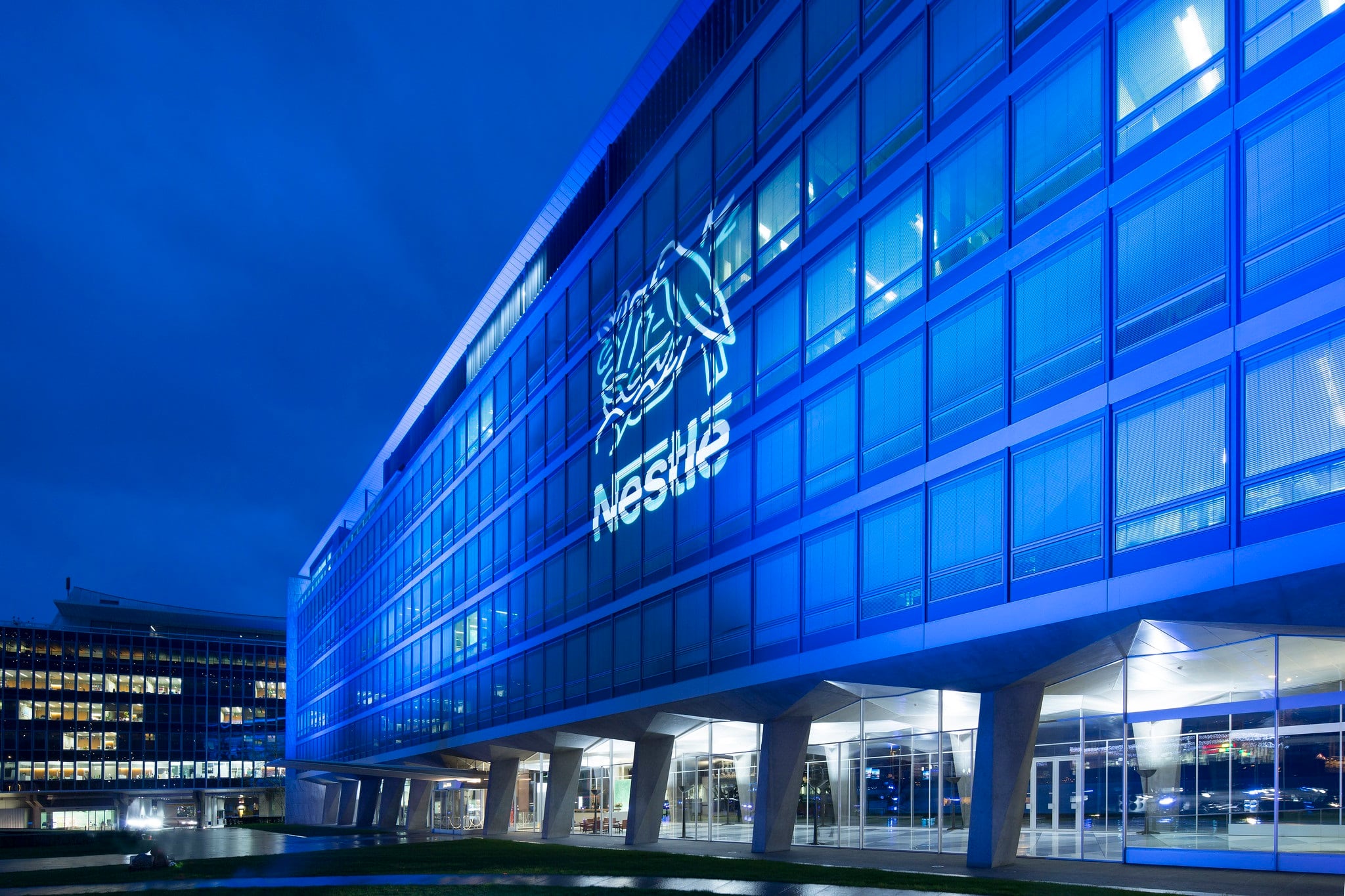Nestlé is set to slash thousands of jobs and focus on improving ‘18 underperforming cells’ ‘faster’ as it aims to sustain 2% RIG-led growth through improved marketing and portfolio initiatives, the company announced during its Q3 FY25 results this morning.
Coffee was a standout across multiple segments (Nescafé, Vertuo, RTD formats) with Nespresso seeing double-digit growth in North America and strong e-commerce traction. Zone Europe had the strongest regional performance, with improving elasticity and market share gains.
In terms of segments, Powdered & Liquid Beverages, Nespresso and Confectionery were the best performers through strong pricing and resilient demand, particularly in coffee and premium formats. Milk products and ice cream delivered growth (1.8% OG and 0.8% RIG) with price-led growth in ambient dairy and strong RIG in coffee creamers.
But categories including PetCare (1.2% OG, 1.6% RIG) and Prepared Dishes in the US (-0.4% OG, -0.6% RIG due to decline in frozen food sales) struggled in Q3, with Greater China a significant drag on performance regionally (-6.1% OG, -2.9% RIG).
UTOP margin guidance is expected to be at or above 16.0% for 2025 and above 17% in the medium term. Free cash flow is expected to be above CHF 8 billion in 2025.
Navratil’s top 4 priorities
Having confirmed the company’s 2025 guidance, CEO Philipp Navratil told investors his four biggest priorities going forward were driving RIG-led growth, maintaining a ‘winning’ portfolio, building a culture that rewards performance, and accelerating Nestlé’s business transformation.
“Our organic growth year to date is 3.3% up from 2% this time last year,” the chief executive said. “That’s an acceleration of 130 basis points. Out of that, 60 basis points has come from an acceleration in the areas we have prioritised for growth investments, and 40 basis points has come from improved growth in our 18 key underperforming cells. These two areas are driving the majority of growth acceleration.”
The job cuts – to be carried out over the next two years – will involve slashing 12,000 office roles and 4,000 across supply chain and manufacturing and save the company CHF 1bn as part of an efficiency drive to deliver CHF 3bn in savings by the end of 2027. The restructure will incur a one-off cost of CHF 2.5bn.
The 16,000 jobs represent 5.8% of Nestle’s 277,000 workforce.
How Nestlé wants to drive growth
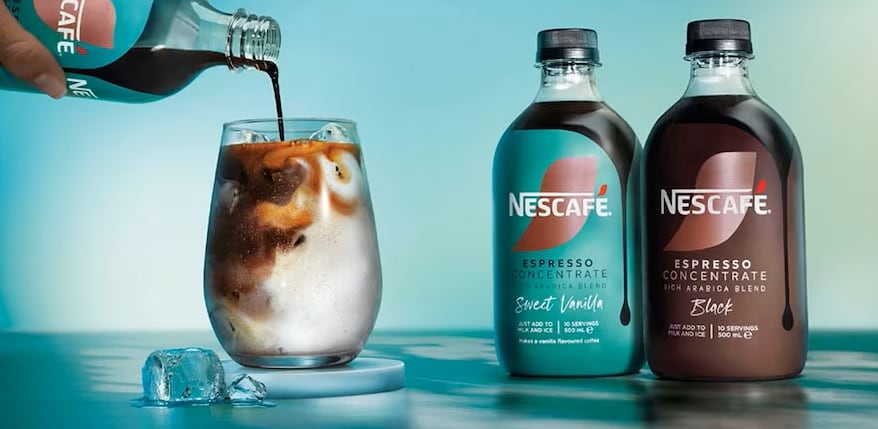
Delving into the CPG major’s long-term strategy, Navratil said the focus is on driving growth ‘at scale’. “We must go beyond individual innovations and do this in a structured way, start with the big strategic consumer platforms, build multi-year innovation pipelines for these platforms and execute flawlessly with high quality marketing through our billionaire global brands,” he said.
The former Nespresso chief singled out the success of Nescafe Espresso Concentrates as an example.
“The strategic consumer platform here is cold coffee, an incredible growth opportunity. We built a strong multiyear innovation pipeline for that.
I know this well because we did some of it while I was running the Coffee business. The espresso concentrate actually came out of that pipeline. We are bringing it to the market globally under the Nescafé brand, the world’s #1 coffee brand. We now need to take it to our other two leading coffee brands.
“We need this structured scaled approach across all of our categories. To be successful with that, we need to step up our marketing capabilities across the organization. We are not strong enough, and that needs to change.”
Is cold coffee bigger than GLP-1 for Nestlé?
Nestlé's growth strategy will focus on ‘winning consumer platforms’, such as cold coffee, CEO Philipp Navratil said.
Asked about accelerating growth across the company's big brands - and how trends such as GLP-1 medications are influencing strategy - the former Nespresso boss told investors one of the key growth areas for the company will be cold coffee.
“Cold coffee is a huge consumer platform, and we have started to tap into that one in different ways," Navratil explained. "Cold coffee includes those concentrates [pictured above], but also includes ready-to-drink coffee, for example, which is a growth category for us and also includes recipes - cold recipes that you can prepare through Nescafé Dolce Gusto or through Nespresso, for example. So think about it as big platforms that we will invest more broadly behind it."
There are three brands to play on, he added: Nescafé, Starbucks and Nespresso.
Elsewhere, Nestlé will zero in on 'modern cooking' solutions, such as mixes for air fryers.
Improving marketing spend and resource allocation will be key in driving this strategy forward, he added.
“We want to invest more behind the biggest opportunity to drive sustained growth. (...) But when I say investing more, it’s not only marketing spend per se. When I see a growth opportunity, I think we have to think about investing behind those more broadly as well...about investing in taste and quality, formats, packaging, (...) [p]rice and pack architecture.”
Distribution and capabilities – particularly digital capabilities – would be another key area of investment, Navratil explained.
CFO Anna Manz added that marketing spend is expected to be up on 2025 but the company isn’t guiding specifically for 2026 at this point. “One of the things we will look at going forward is whether marketing as a percentage of sales is the right individual metric, but that’s something we will come back to over time,” she said.
“We just need to become the best marketers in the industry.”
Philipp Navratil, CEO, Nestlé
Navratil continued: “It’s all about really reading these underlying consumer trends correctly, being the best and driving these insights into winning meaningful innovation and then driving that into the market with a strong marketing plan, but also we need to step up our capabilities in how we communicate.”
Nestlé is expected to deliver an update on its marketing strategy in time for its FY2025 results, which are typically published in February.
How much is Nestlé spending on marketing?
In the last three years, Nestlé has increased its marketing spend from 6.9% in 2022 to 8.6% in H1 2025.
Expenses rose from CHF 6.47bn in 2022 to CHF 7.13bn in 2023, and in the first half of this year, the company already spent more on marketing (CHF 3.78bn) than it did during H1 2024. (CHF 3.63bn).
All this suggests a push towards greater investment in brand visibility and consumer engagement has already been underway - even in the face of declining sales.
From H1 2024 to H1 2025, sales dropped by CHF 817m - but marketing spend still increased, suggesting that the CPG major is leaning more on promotional activities in the face of slowing sales and sluggish consumer demand.
What are Nestlé’s 18 underperformers?
The 18 underperforming cells were frequently mentioned during the presentation, but besides baby food brand Gerber – outlined as ‘one of our more stubborn underperformers’ by Manz – no specific brands or markets were mentioned. The 18 cells account for 20% of Nestlé’s sales however, meaning their performance is crucial to drive group growth.
Navratil said that across increased investment in the company’s key underperformers improved their growth rate from -2.5% to flat and excluding the sales that are in Greater China, the underperformers grew 1.5%. In comparison, investment in priority opportunities doubled the growth of well-performing areas of the business from 7% to 14%.
“What we want these underperformers to do is to generate more growth,” Navratil said. “There are various levers that we’re pulling to make this happen.
“It’s not only pricing; there are sometimes complicated marketing plans where we need to get everything right. We need to invest in having a better-tasting product. Some of it is pure marketing capabilities, some of it we have not [had] the right price and pack architecture in place, or the brand is too weak.”
“There’s a lot of work going into these 18 underperformers that we have seen. What we’re doing is working, but it’s not good enough and it’s not fast enough.”
On Gerber specifically, Manz said that Nestle is taking “the right actions across brand innovation and cost, but given US retailers have annual shelf reset cycles, we won’t see results improving for another few quarters yet”.

